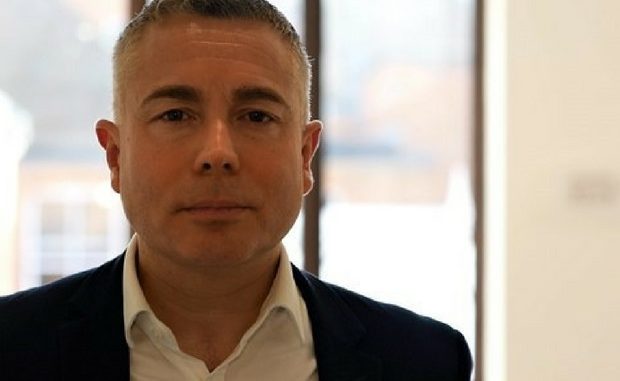
I am the senior stroke consultant at East Kent Hospitals, working in Margate, Canterbury and Ashford, and I am passionate about people getting the best treatment for stroke. I have dedicated my career to it and it saddens me deeply that local people do not always get the best care currently, despite the efforts of our fantastic stroke teams.
Based on overwhelming evidence, I am certain that the way to save lives and reduce disability for stroke patients is to set up three excellent hyper acute stroke units in Kent and Medway. In these, you would get expert care from a 24/7 stroke specialist team for the vital first 72 hours. As set out in our public consultation, acute stroke units and TIA clinics would be based there too.
I am also firmly convinced, as services are currently configured, that Ashford is the right place for the proposed east Kent hyper acute stroke unit, and that it will reduce deaths and long-lasting impairments for the people of Thanet, as well as the wider population of east Kent.
I know that some people are questioning why we need to change. I am touched that they value our existing stroke service at Queen Elizabeth the Queen Mother Hospital (QEQM), which is good, but it can, and should, be better.
The reality is that the stroke care we can provide in Ashford and Thanet is not meeting national standards, and is not as good as our patients deserve. We do not have true hyper acute stroke units anywhere in Kent, and we do not provide a full service seven days a week at any, due to a national shortage of trained staff.
The stroke team at QEQM and Ashford do not have all the specialist staff that patients need, such as speech and language therapists, for example. We do not have stroke consultants on the stroke unit every weekend and we cannot give patients seven-day assessments by a multi-skilled team.
The brutal truth is that we do not save as many lives as we could if people had access to a hyper acute stroke unit, with a specialist team providing 24/7 care. I am surprised that members of the public have not demanded this change sooner. We, certainly, working within stroke, have thought about it for a number of years.
I sympathise with people who feel the solution is a hyper acute stroke unit at QEQM and another at William Harvey. On the face of it, this looks like an attractive option.
As a hospital trust, we feel we could not deliver two hyper acute stroke units. Despite our best efforts, we struggle to recruit specialist NHS staff in east Kent. Existing stroke services in north and west Kent are so near London that if they closed, it would be natural for their staff to commute there, rather than to Margate.
The options set out in the consultation were arrived at after a really careful, detailed evaluation of the places where the proposed new units could be based. People taking part did not know which sites they were commenting on – the evaluation was “blind” for complete fairness. This concluded that QEQM would not be sustainable, given the lack of adjacency to other specialist services recommended such as PPCI for the most serious heart attacks, interventional radiology, trauma, and vascular surgery.
I understand why some people in Thanet are concerned about the proposal that they travel to Ashford for urgent stroke care instead of going to QEQM. This appears to go against the well-known ‘Act F.A.S.T.’ advice.
But, as a stroke consultant, I must stress that the most important thing is to get to the right place as quickly as possible. The F.A.S.T. message is: call 999 as soon as you spot the symptoms of stroke. After that, what makes the difference is having the first 72 hours of your care delivered 24/7 by a specialist team, and getting clot-busting treatment swiftly if you need it. It is better to have an hour in an ambulance to a specialist unit where you will be treated quickly, than travel for 15 minutes and wait for over three hours in A&E, which can happen, I am sorry to say.
In the south east, we have set ourselves a standard of two hours from 999 call to thrombolysis (treatment to dissolve clots) for the ten to 20 per cent of stroke patients who need it. I am proud of this stringent standard.
I am confident that added investment in ambulance services as part of the implementation plan, and the new way of working at hyper acute stroke units, would see the vast majority of people from Thanet getting clot-busting treatment at Ashford (if they needed it) within two hours or very close to it.
I cannot tell you how wonderful it is to see a stroke patient walk out of hospital after a few days, going back to their normal life. That is what I want for as many people as possible.
As a doctor who treats patients who have had a stroke every day of my working life, I believe the proposed changes are the right thing to do for everyone in east Kent, and this very much includes residents in Thanet. And that’s why they have my full support.
To find out more: www.kentandmedway.nhs.uk/stroke – please read our consultation document, come to one of our meetings if you can, and respond to our questionnaire.

